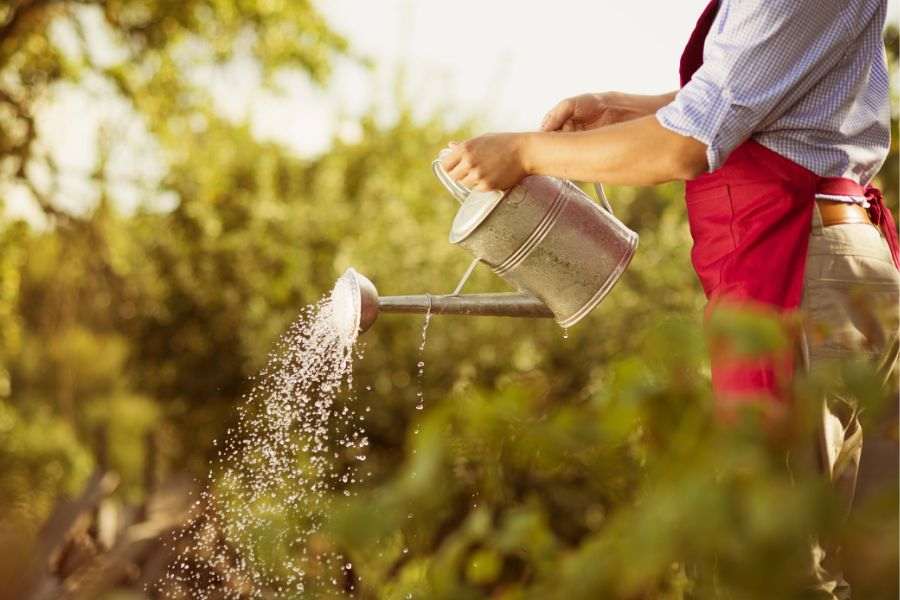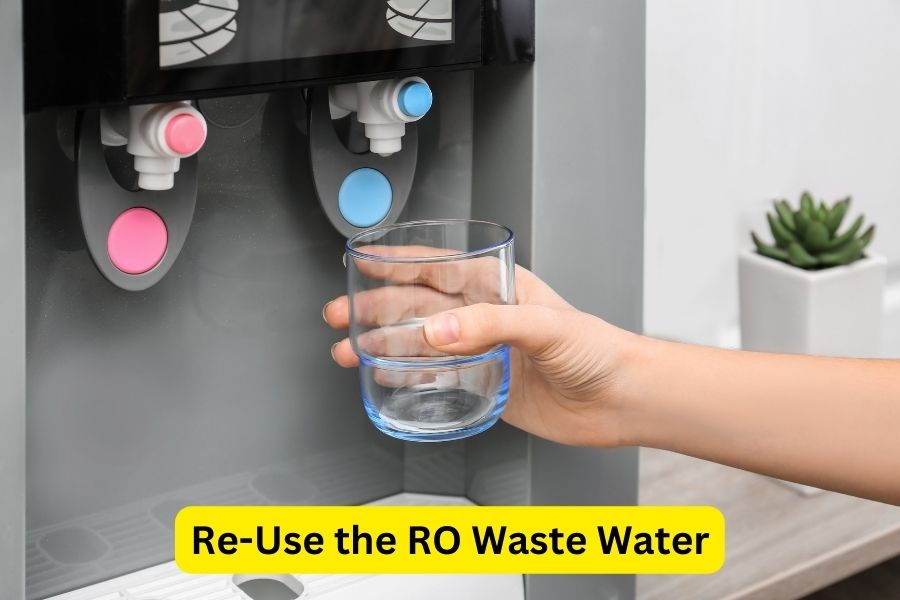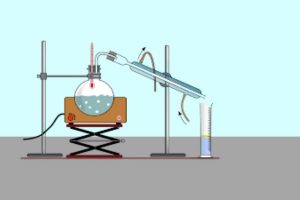Water scarcity is a global concern affecting millions of people worldwide. RO (Reverse Osmosis) water purifiers have become essential household appliances to meet growing demands for clean and safe drinking water. While these machines produce excellent drinking water quality but generate significant wastewater. In this article, we’ll explore why recycling RO waste water is essential, present three effective methods of reuse, and outline some key factors to keep in mind before doing so.
Why we need to RO Waste Water Reuse?
Recycling RO wastewater can help conserve precious water resources by minimizing wastage, reducing household water consumption and, thus, water bills, promoting environmental sustainability and the fight against global water scarcity.
3 Effective Ways to RO Waste Water Reuse

Gardening and Irrigation:
Gardening and irrigation are the most efficient uses for RO wastewater recycling. The slightly higher mineral content can benefit plants; use it to water your garden, small lawn, or potted plants. Before making this decision, it is essential to test its TDS (Total Dissolved Solids) level to meet all necessary plant use standards.
Cleaning and Mopping:
Another useful use for RO waste water is for household cleaning tasks, including mopping floors, cleaning bathrooms, washing cars, and doing laundry. By recycling RO waste water to clean with, you can significantly lower your freshwater consumption and save a lot of resources.
Toilet Flushing:
Households use an enormous amount of water on flushing toilets each day. Connecting an RO waste water outlet directly to the flush tank allows you to reuse that waste water for flushing purposes – saving gallons daily while contributing towards more sustainable lifestyle practices.
Read Also: 15 Best Tips on save water in Your daily life
Important Points to Remember Before RO Waste Water Reuse
TDS Level: Before reusing RO waste water for any intended purpose, its TDS levels must be examined to ensure its suitability for reuse. Excessively high TDS levels could pose risks to certain plants and ultimately prove toxic to their well-being.
Storage: While proper RO waste water storage can help avoid algae blooms, mold growth, or bacteria contamination, it’s best to utilize it within 24 hours for use. So store in an uncontaminated, covered container.
Avoid Direct Consumption: RO waste water should never be used directly for cooking or drinking as it could contain hazardous contaminants.
Conclusion:
Reusing RO waste water is an eco-friendly and intelligent solution for conserving water resources while contributing to environmental sustainability. Following the suggested methods for reusing RO waste water can significantly decrease your footprint while saving money on bills. Always check TDS levels before using waste water, and store it securely before use – these efforts and mindful approaches will maximize RO purifier use while decreasing its environmental footprint.




